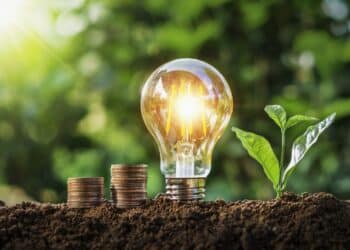We forecast two scenarios in which the economic recovery is strong. In our first, most likely scenario this is largely because the disease remains under control until a vaccine appears in 2021 and widespread lockdowns are avoided. In this scenario the disease continues to fall away – both because of changed behaviour (social distancing, hygiene) and falling potency, what this would mean for the global economy is that it could hope to reach pre-crisis levels by mid-2021. We have given this scenario a 40 per cent probability. On its own it is slightly odds against, but taken together with our “inflation” scenario, our two strong recovery scenarios add up to a 60 per cent probability – more likely than not.
However, despite taking a more positive outlook, the risks remain skewed to the downside. This is because in our downside scenarios we forecast significantly worse economic outcomes. In our “bad recovery” scenario, the disease resurges and infection rates pick up significantly in a number of countries. We assign a 30 per cent probability to this forecast. A northern and Asian winter spike is an important element of this scenario, but it’s not the only factor. In this world, the pessimism we see and hear today becomes a self-fulfilling prophecy, as households and companies sit on their savings and governments are unable to offset the hit to private demand. Fear itself plays an important role in holding the economy back and we don’t return to the pre-crisis level of economic activity until mid-2022.
Our least likely scenario occurs irrespective of the course of COVID-19, we see a fundamental shift in the world order with protracted, full-scale deglobalisation and rise in geopolitical tensions. The transition is accelerated by the impact of COVID-19.
Cutting across all our scenarios is the US election in November, which has important economic and market implications independent of the course of the disease. The sectors we expect to be most susceptible to election volatility are healthcare (affected by messaging around drug pricing and affordable access to care) and technology (affected by messaging around trade and privacy regulations, likely to come from both candidates). Despite volatility that could ensue due to election uncertainty, we do not believe it is a reason to take a defensive stance or try to position portfolios to “win” based on election results.
Finally, prospects for a good economic recovery have risen and we continue to favour risk-on positioning in portfolios, while recognising that some short-term pullbacks are likely. We continue to stress the importance of effective hedges in portfolios such as cash, alternatives and some areas of the high-quality bond market but believe in the global recovery path and remain optimistic that cyclical equity exposure and risk assets can make steady progress over our forecast period.
Shamik Dhar, chief economist, BNY Mellon Investment Management







